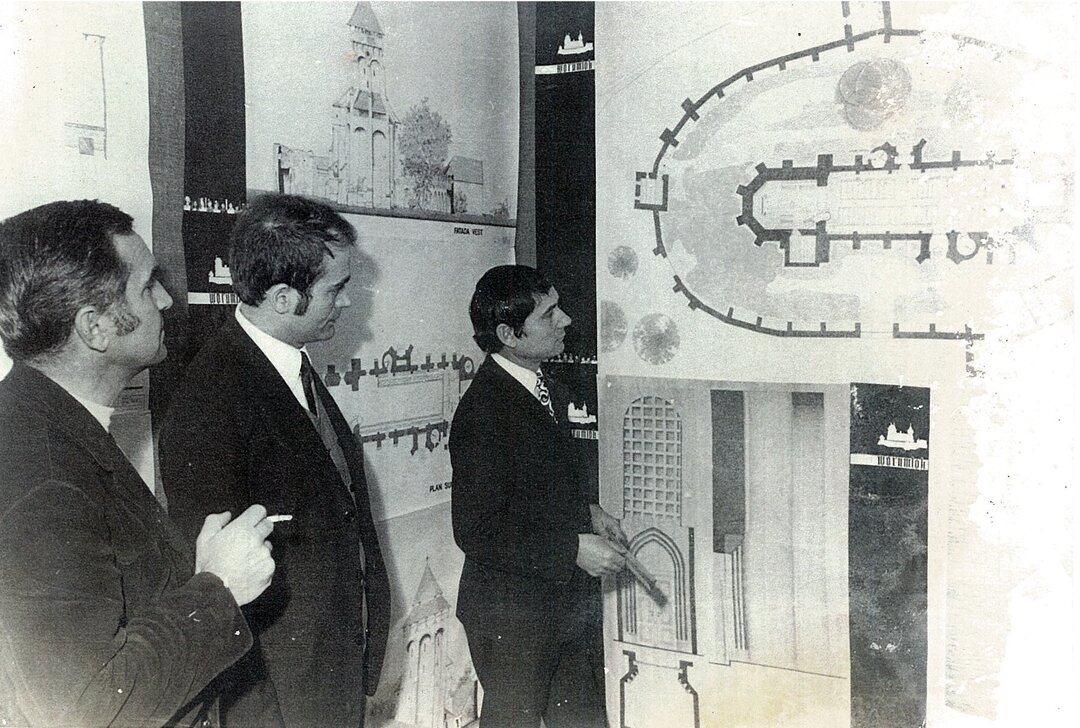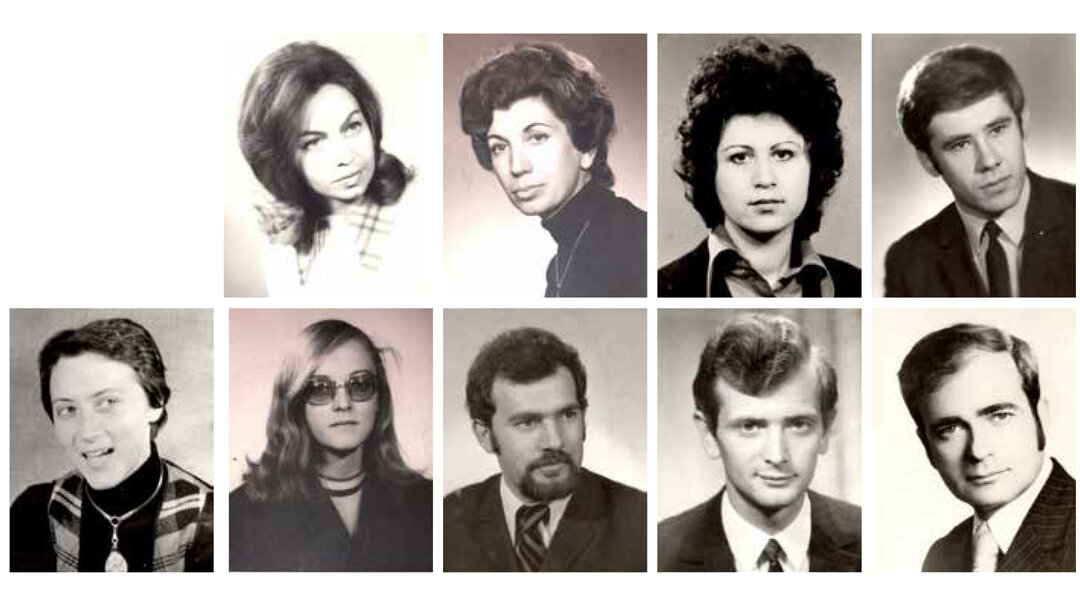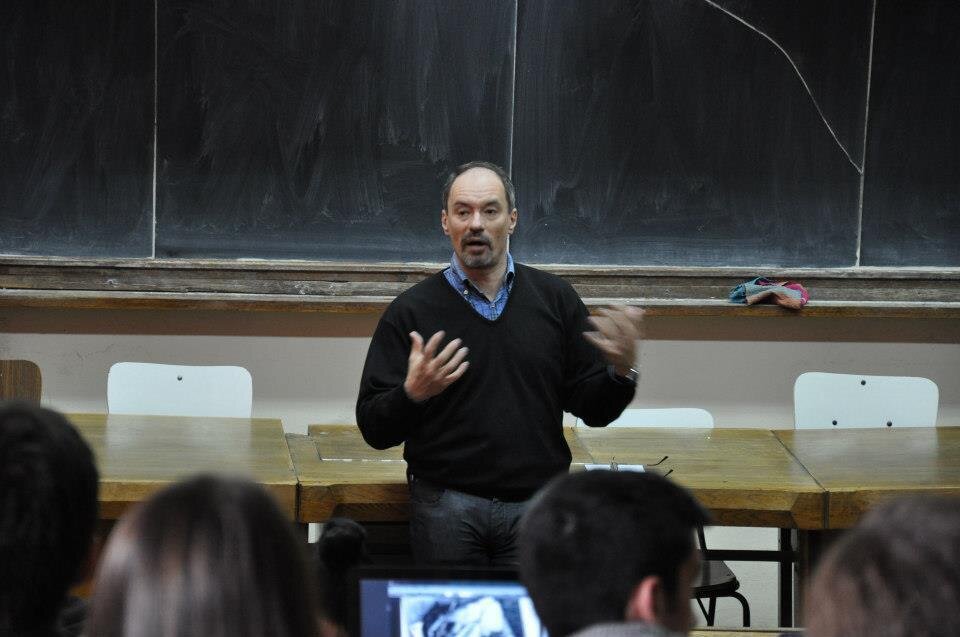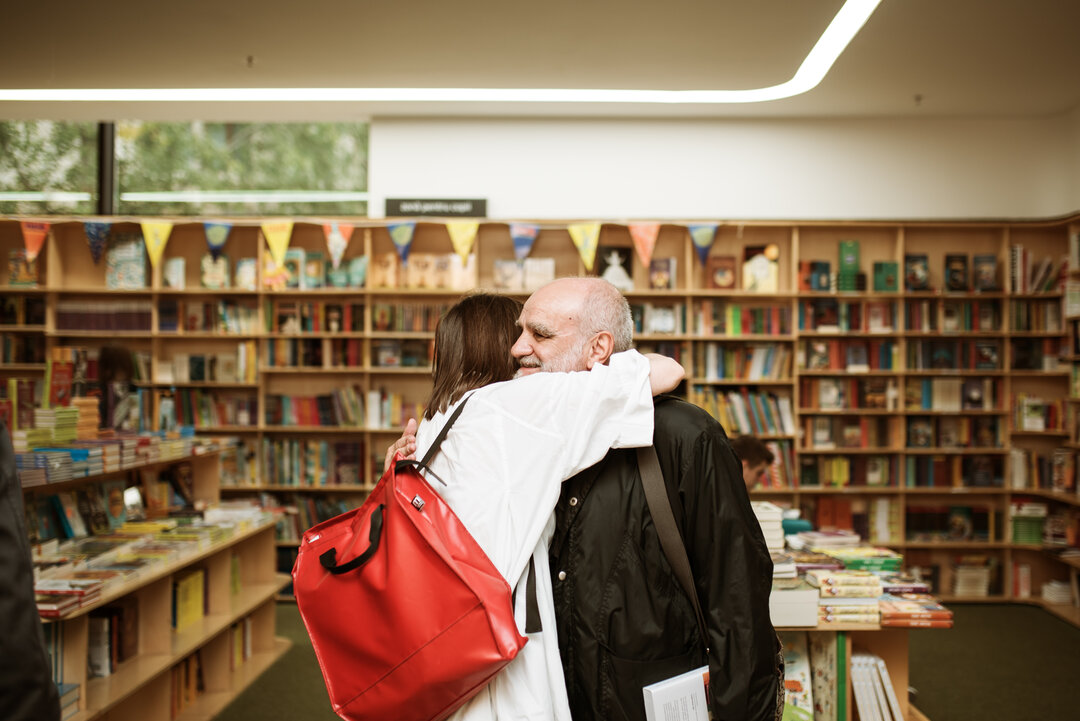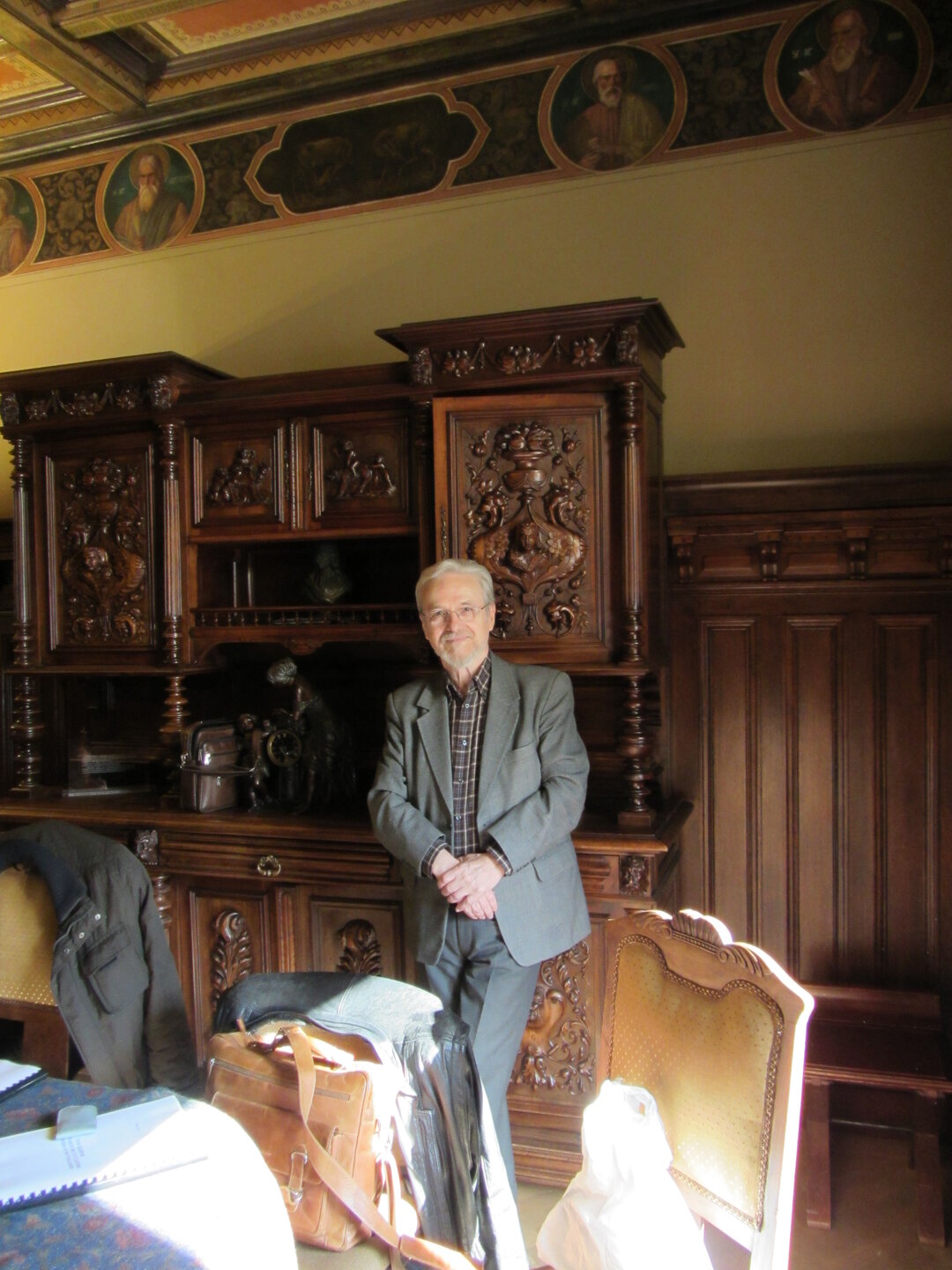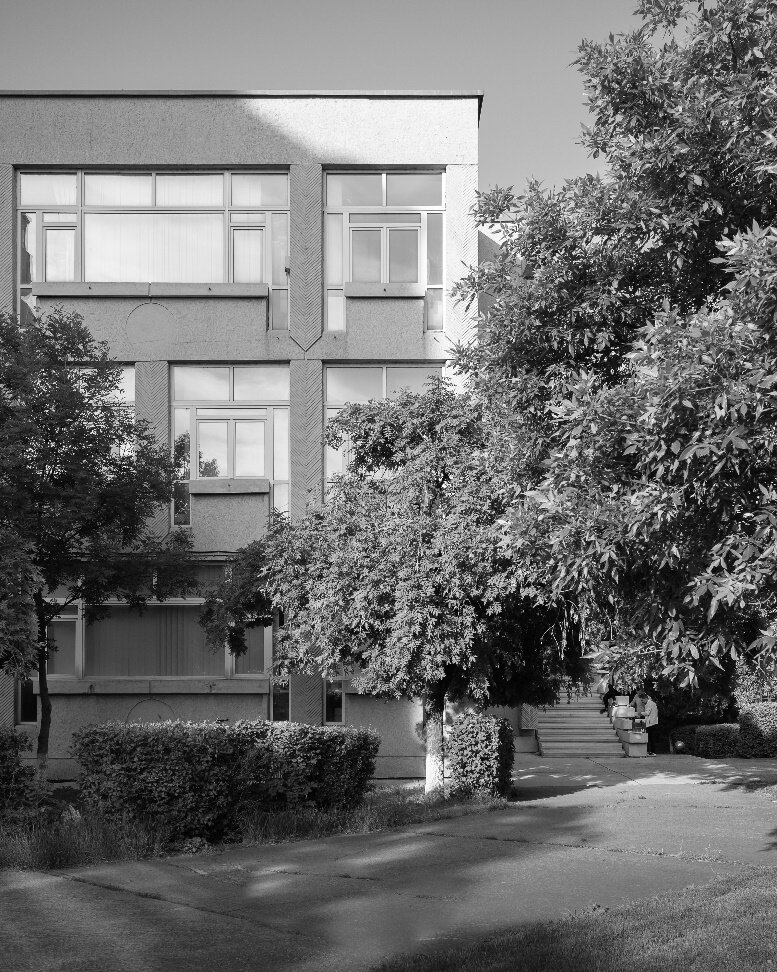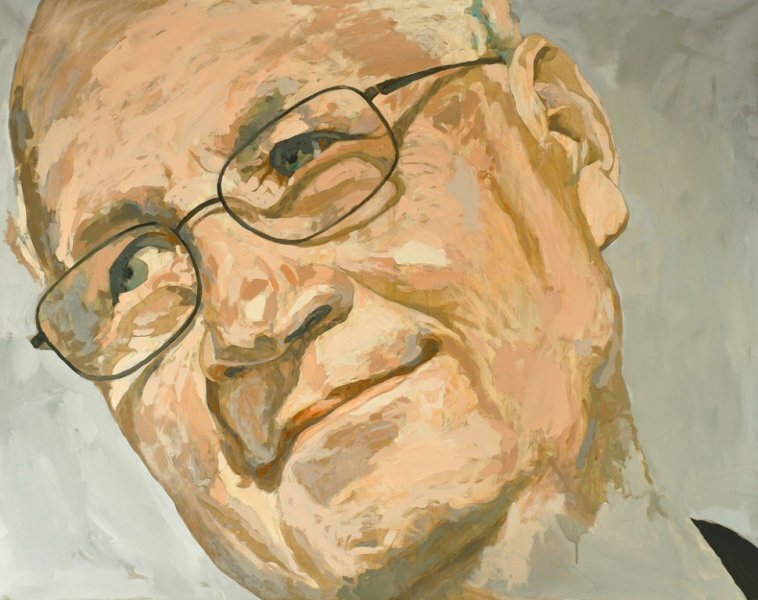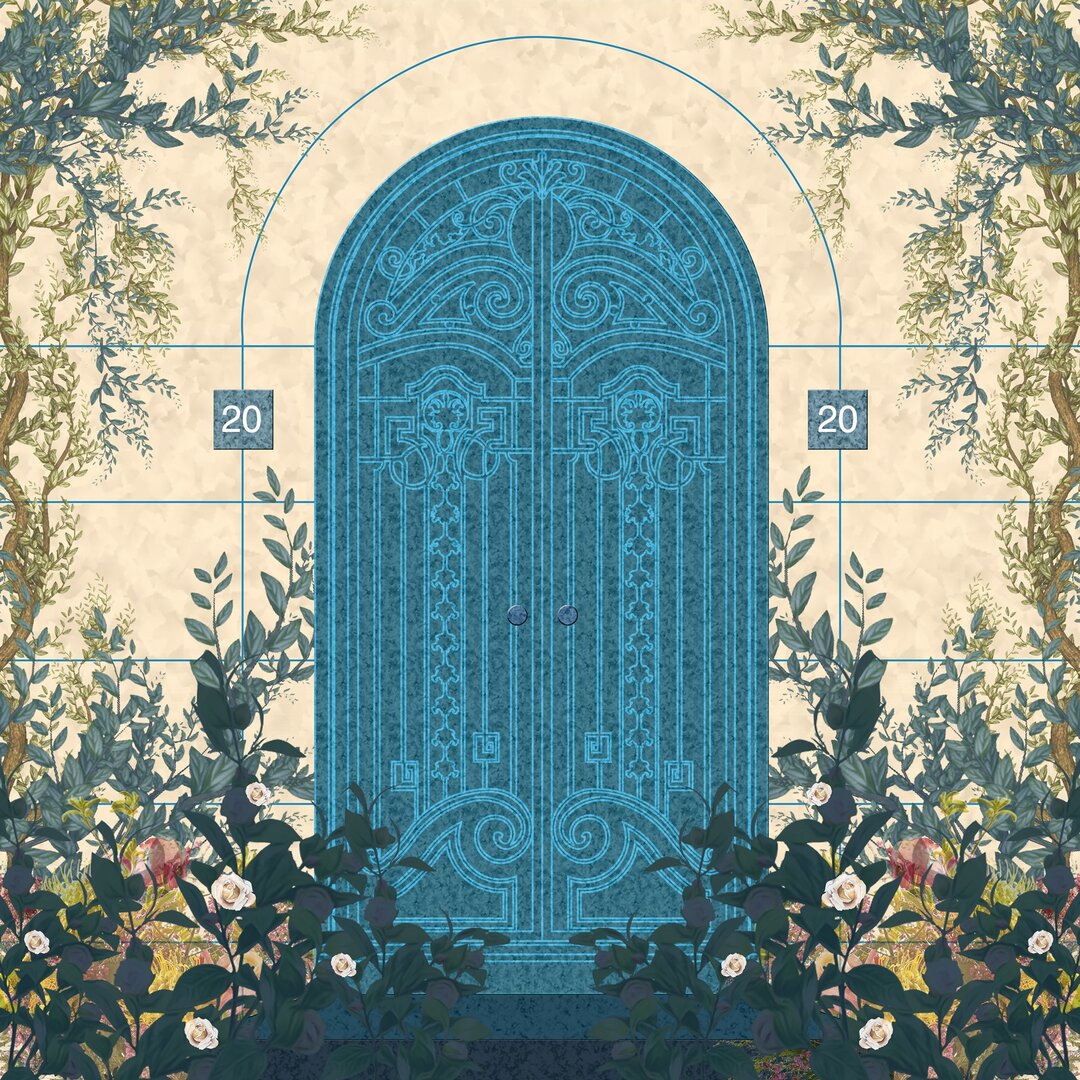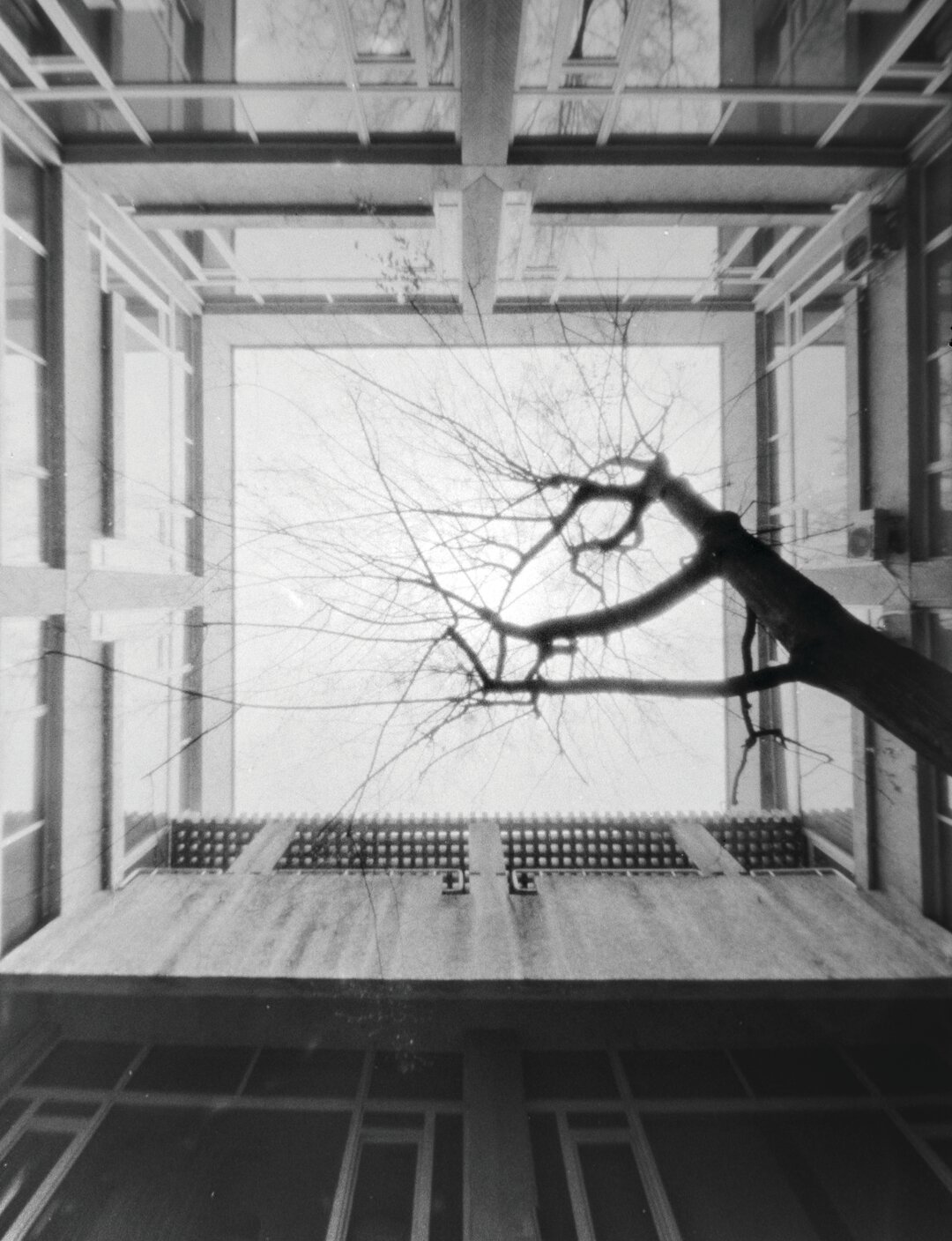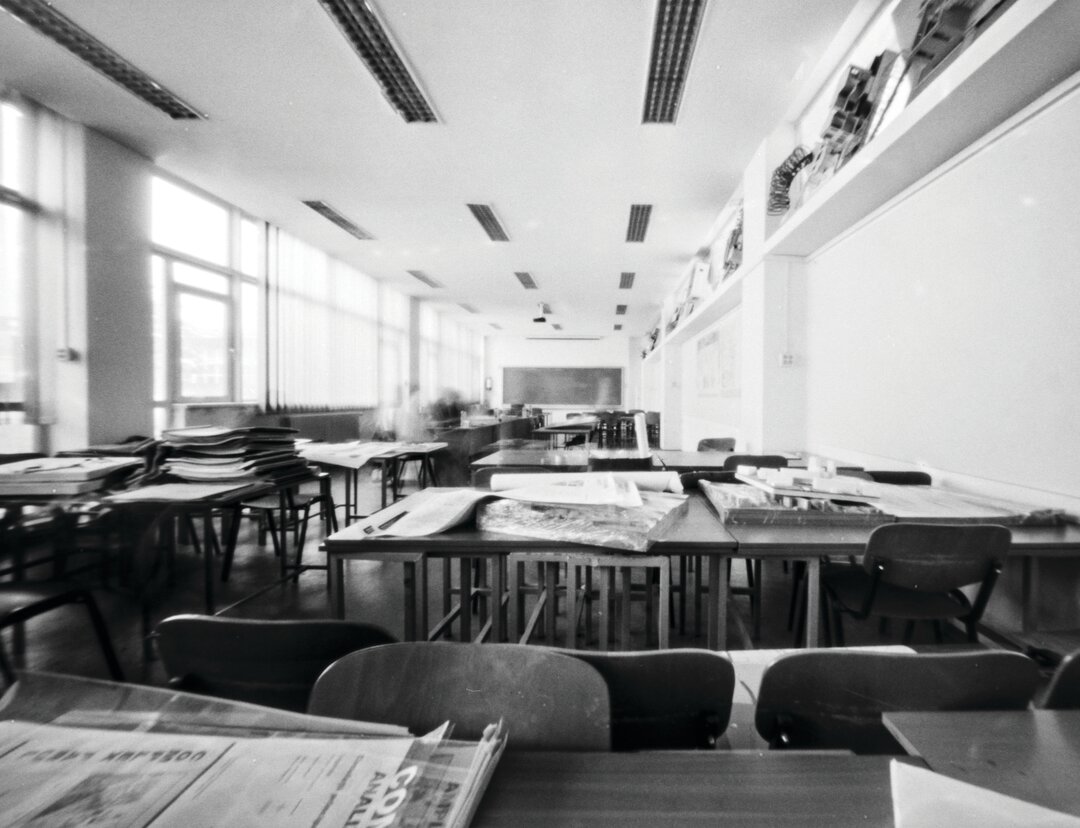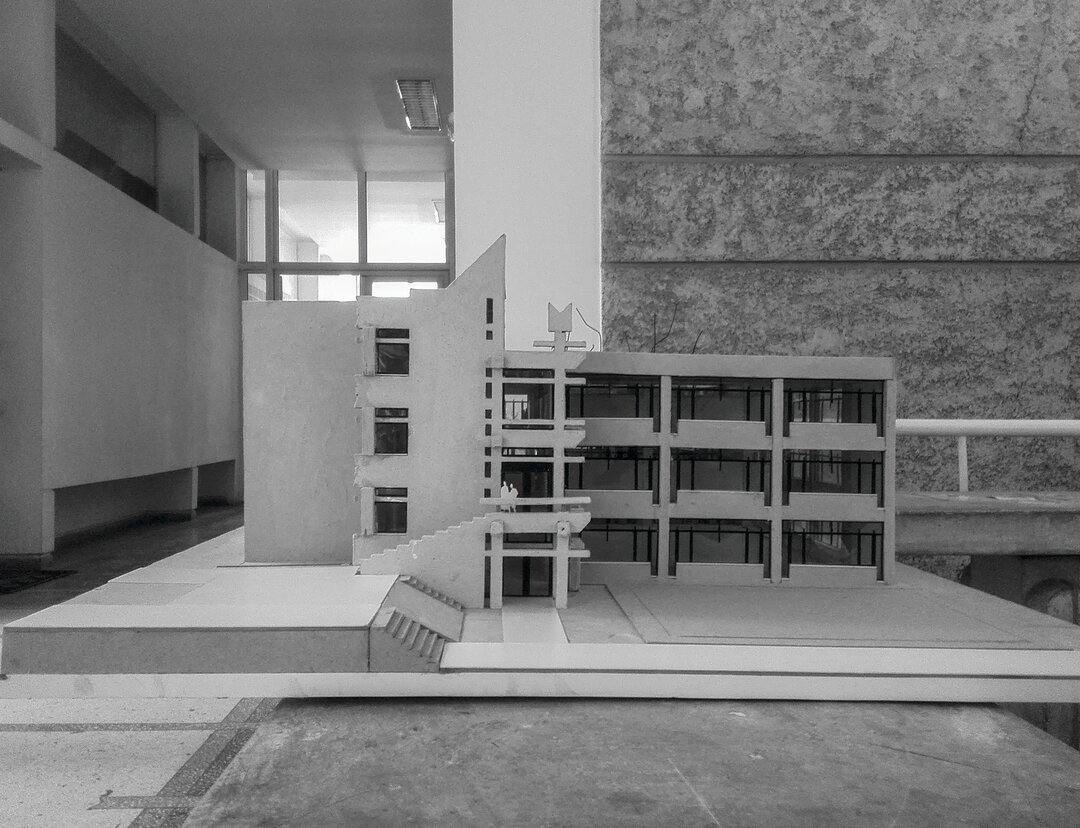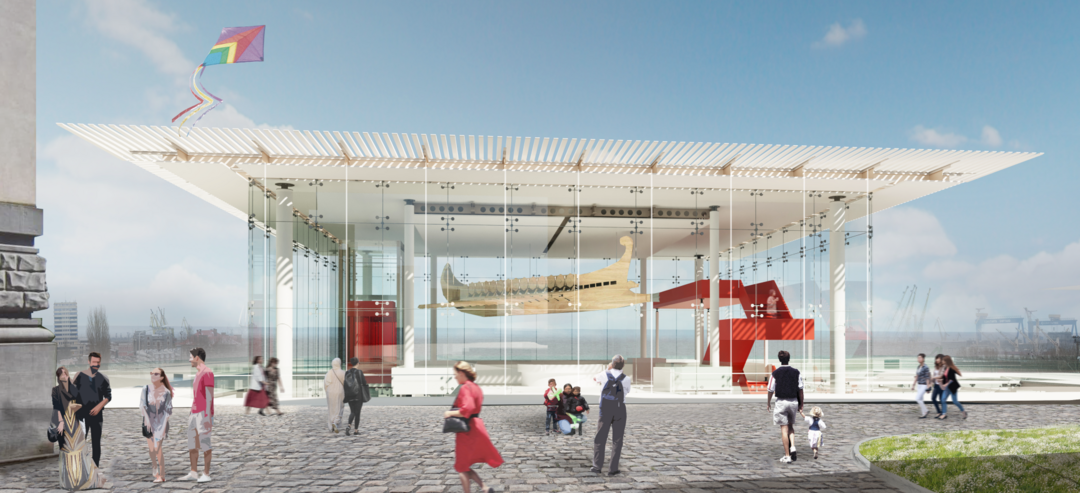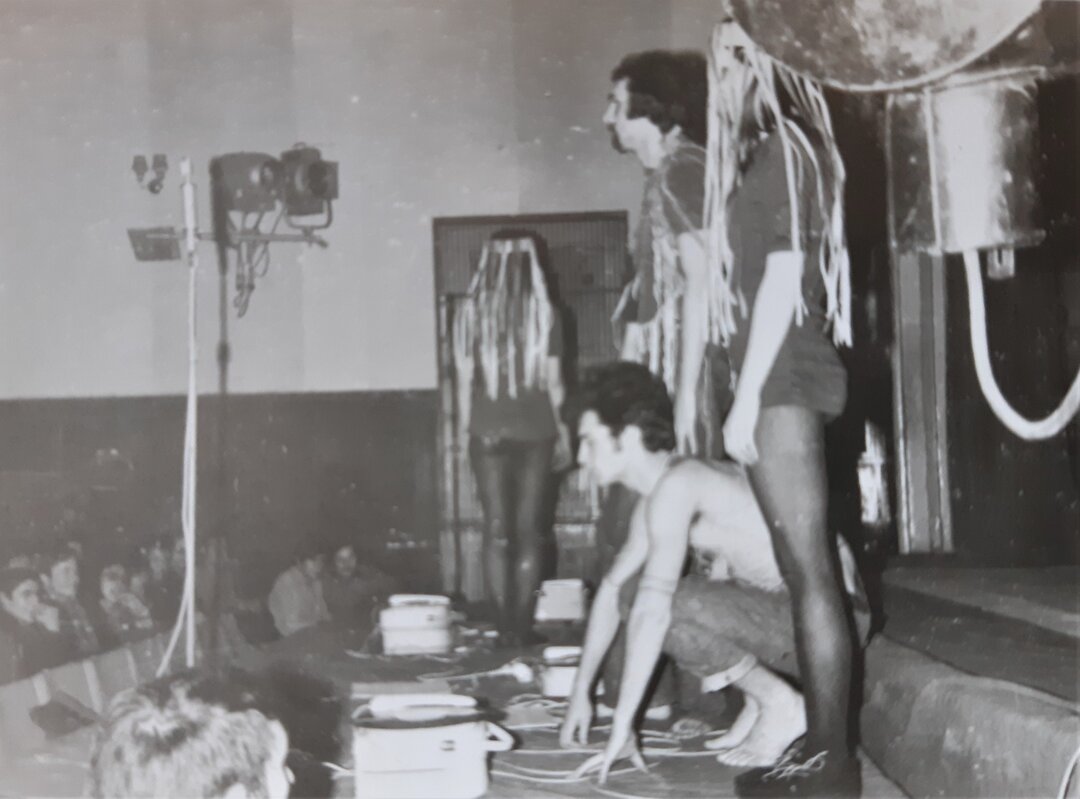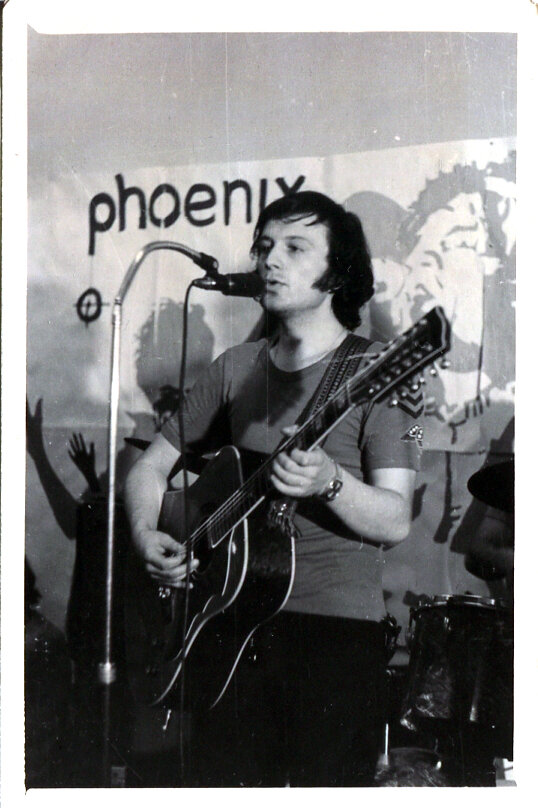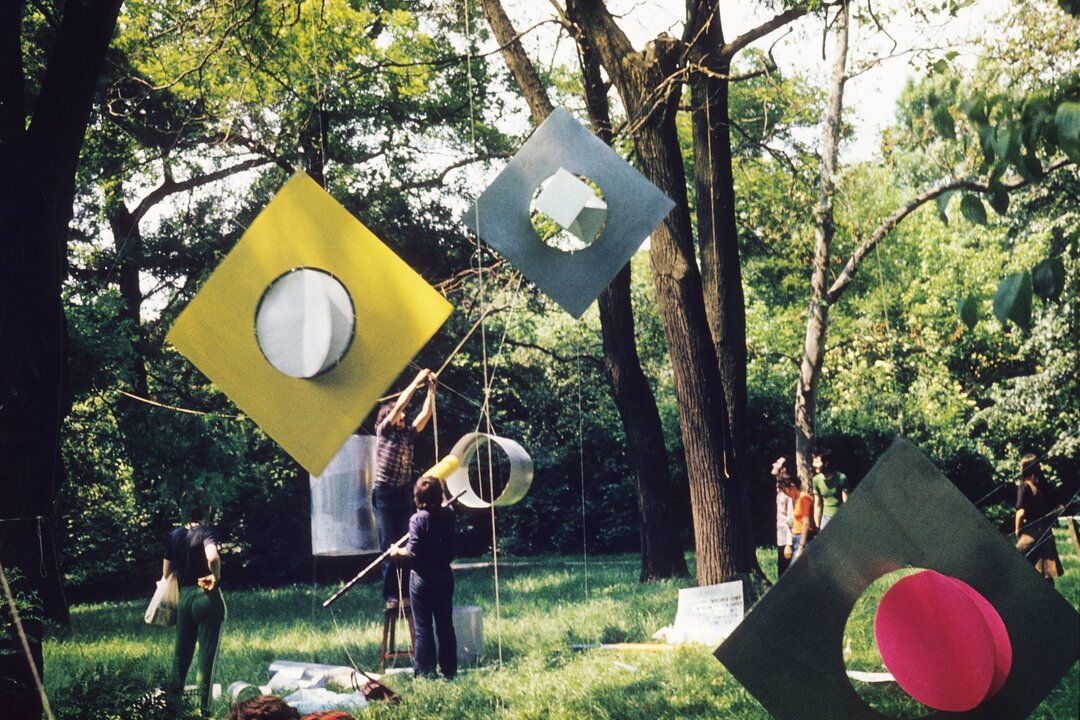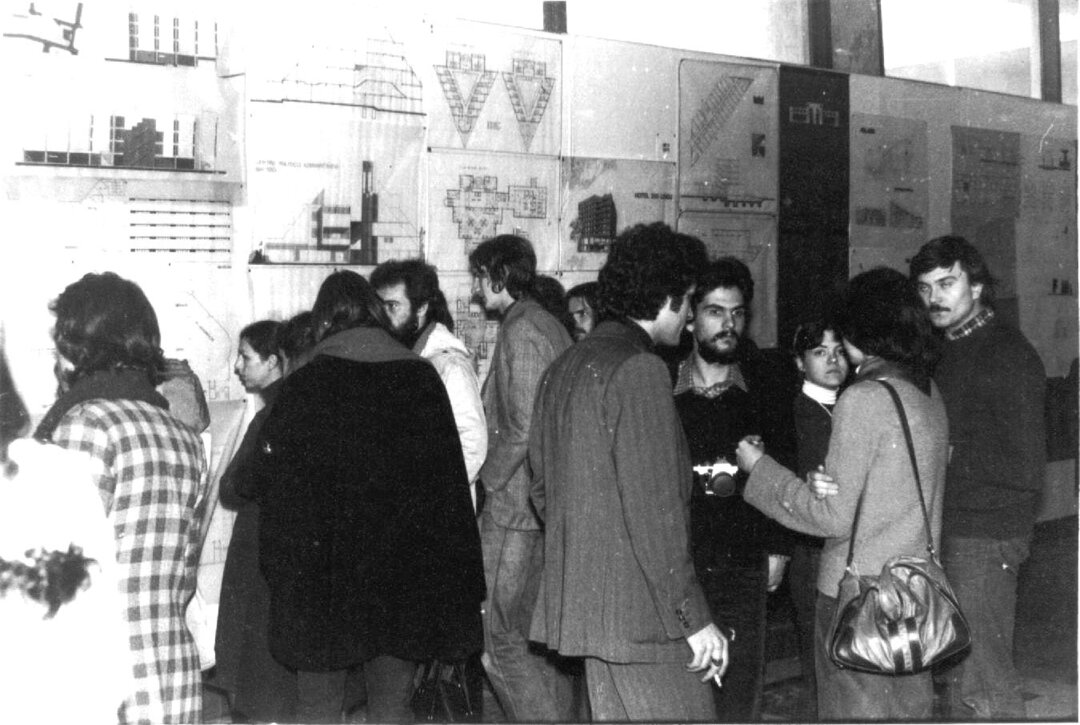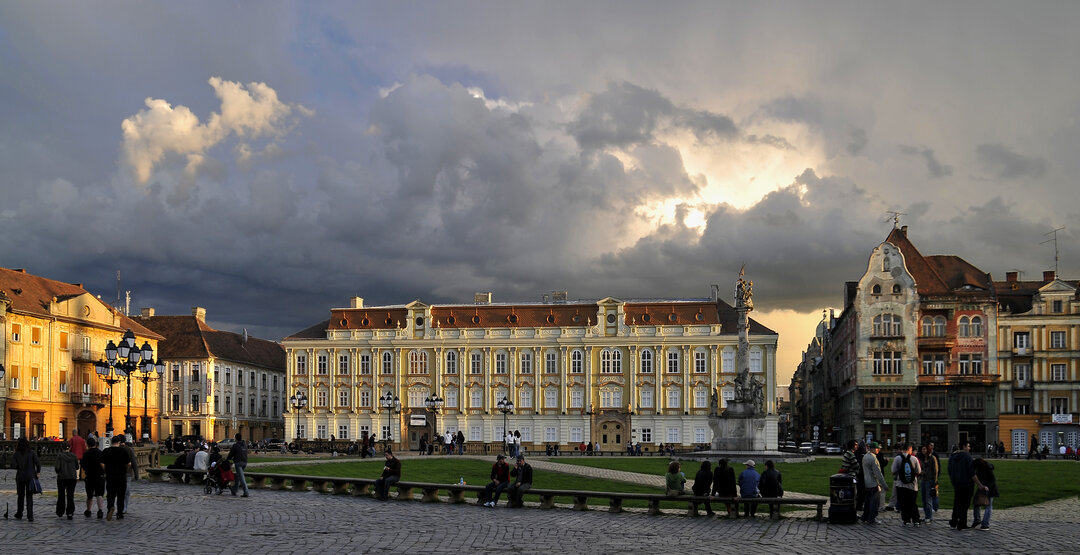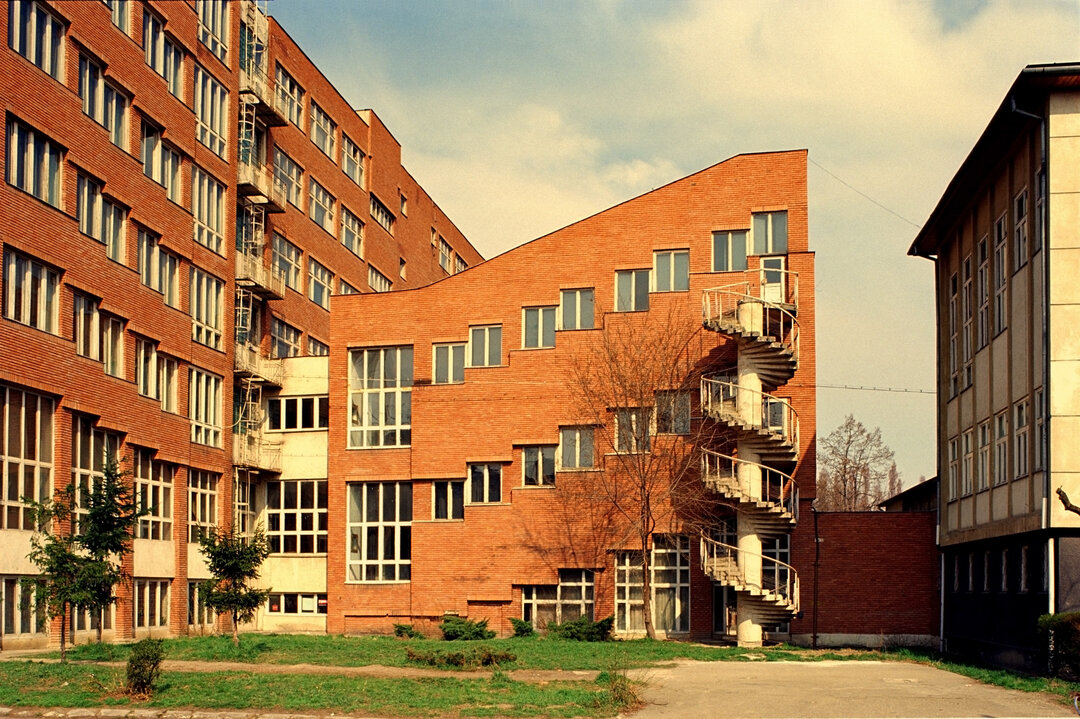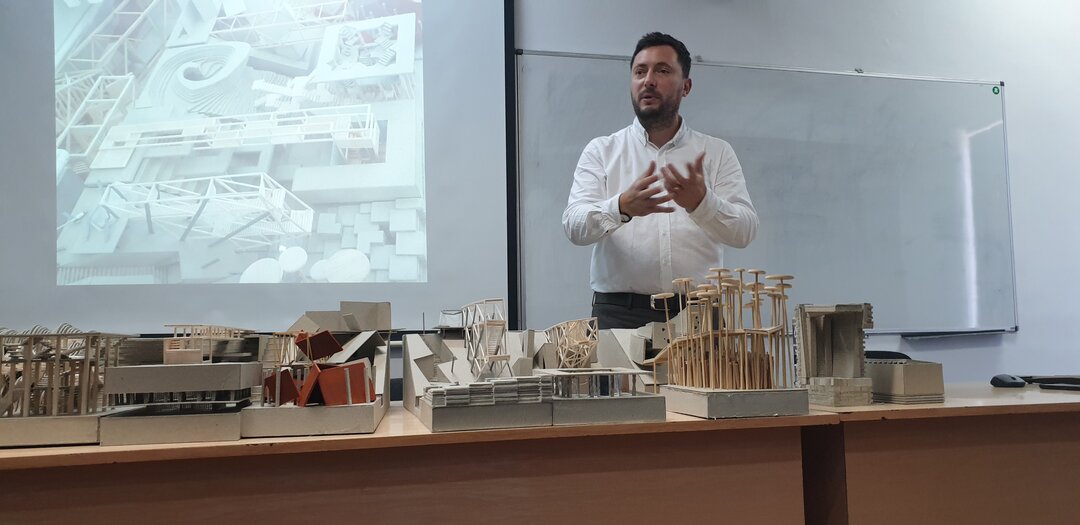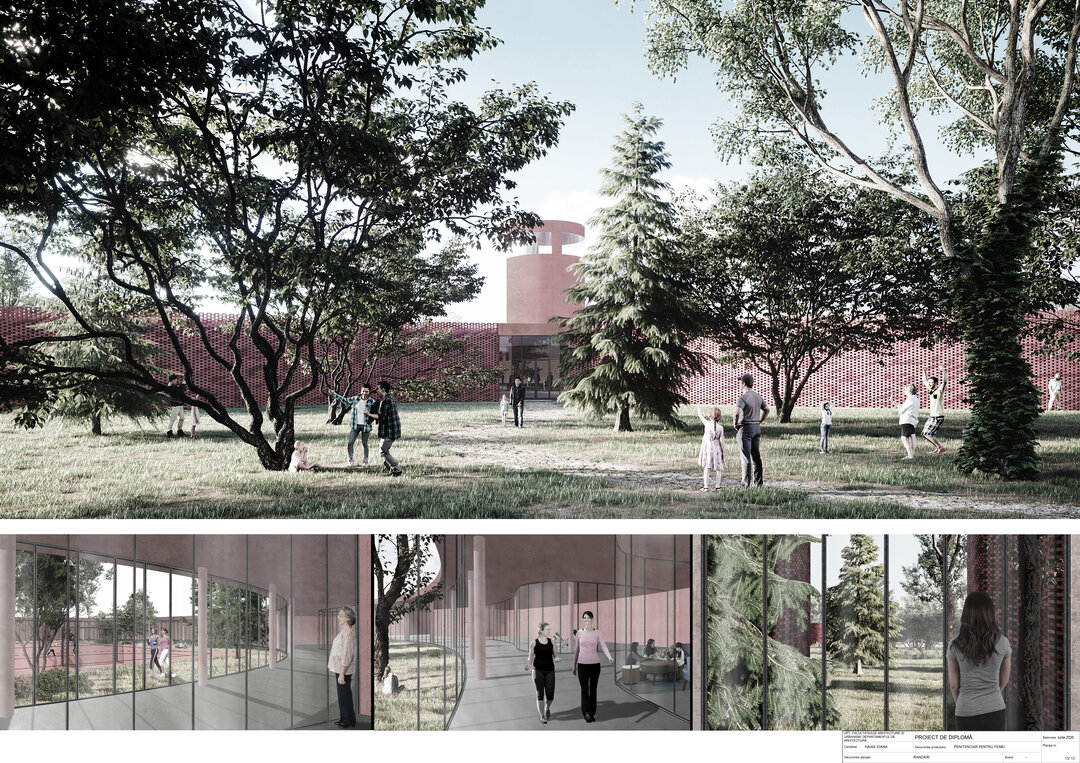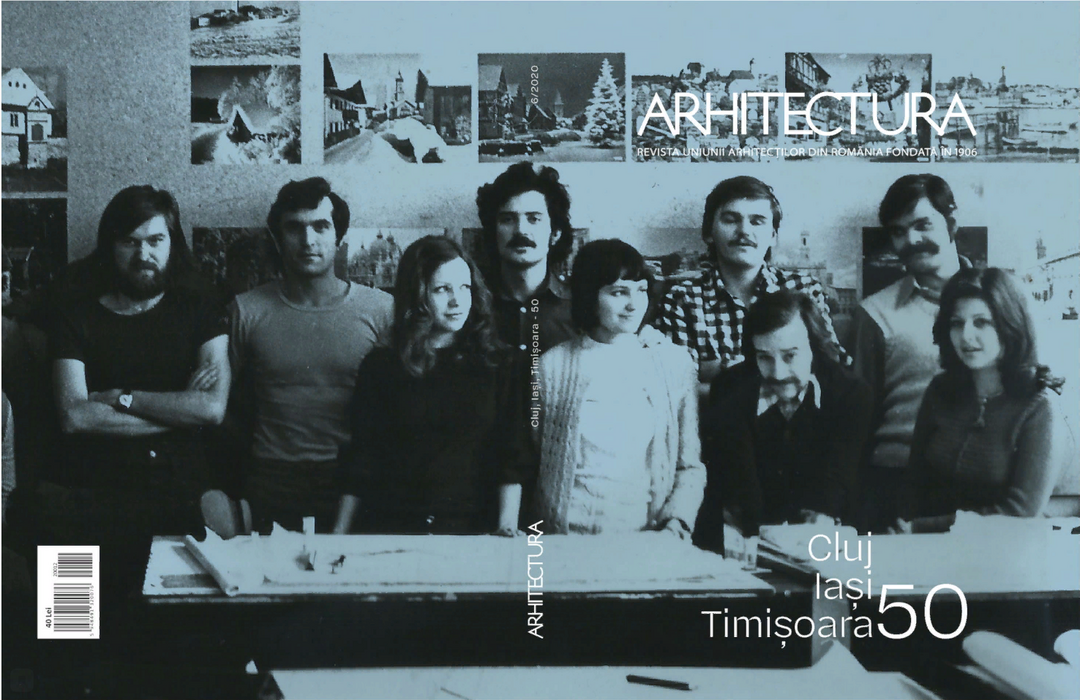
Liviu Suhar
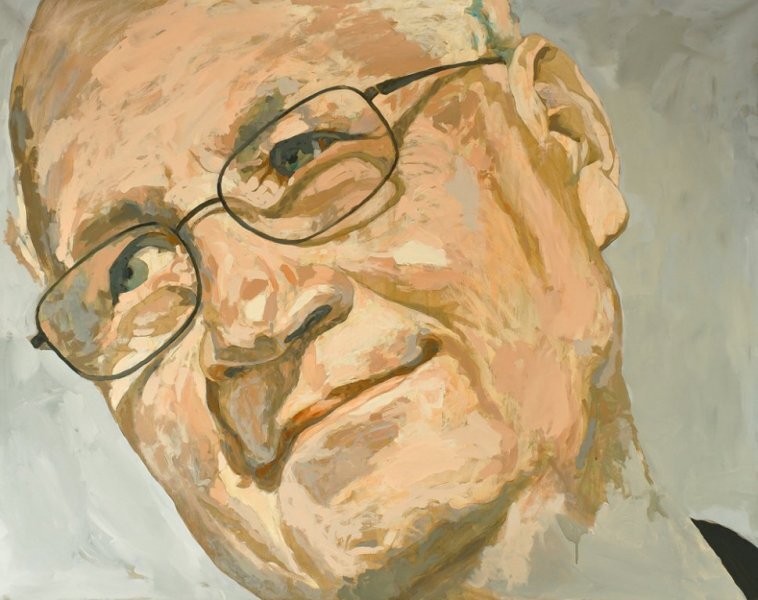
I met Liviu Suhar at his home in Iacobeni. The few hours we spent together passed too quickly, full of memories, full of feelings and emotion. We had to come back, to be able to recharge ourselves again with all that Liviu Suhar stands for: creation, simplicity, fulfillment, erudition, genuine soul, still in Iacobeni, in his studio. The experience of meeting the master was overwhelming and extraordinary.
Before presenting the interview that Liviu Suhar was kind enough to give us, a few words about the master's career are necessary. Born on February 17, 1943 in Iacobeni, Suceava County, he attended the local secondary school and then the "Octav Băncilă" Art High School. After passing a competitive examination, he became an active university assistant from 1972, in the architecture department of the Faculty of Constructions in Iași, until 1982. In the fall of 1981, the reduction of his teaching time meant that he was transferred to the Fine Arts Department of the "George Enescu" Conservatory in Iași as a tenured assistant of technical-theoretical subjects. At the same time he was an active presence as a plastic artist within the Union of Fine Artists, through numerous solo exhibitions in Iasi, Bucharest and other cities abroad, his works enjoying praise from art critics. Some of his works have found their place in the collections of museums in Bucharest, Iași, Cluj-Napoca, Baia Mare, Suceava, Oradea and in private collections in the country and abroad.
After 1989 - at the National University of Arts "George Enescu", he served as scientific secretary of the Senate (1990-1992) and dean (two terms) of the Faculty of Fine Arts (1992-2000).
For 13 years he was a member of the Commission for the Evaluation and Accreditation of Academic Education in the Fields of Arts.
In 2005, in June, he defended his doctoral thesis Natura moartă în pictura românească - colecția Muzeului de Artă Iași, at the National University of Art in Bucharest, under the scientific coordination of Prof. Corina Popa.
We had prepared for the interview a set of questions that we considered to be sufficiently comprehensive and that could give the reader an overview of what the School of Architecture meant in its early period. Our questions received more than answers, the master shared with us glimpses of his initial experiences and the perspective of a creator of moods on the Faculty of Architecture in Iasi.
So here is how our friendly discussion went, there, in Iacobeni, in the cozy studio of master Liviu Suhar.

